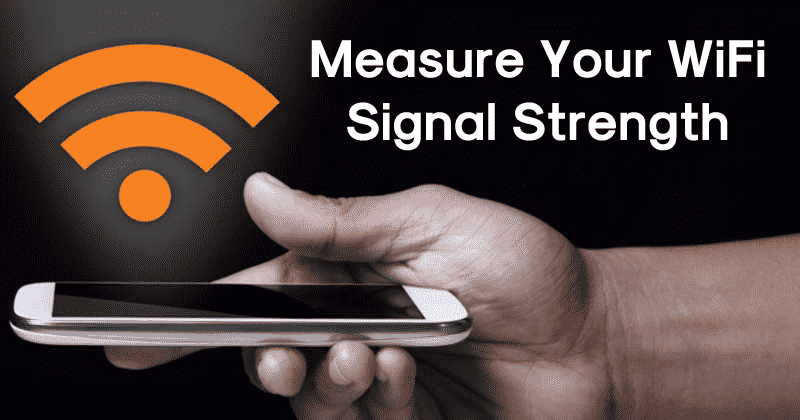
- #CHECK WIFI SIGNAL STRENGTH HOW TO#
- #CHECK WIFI SIGNAL STRENGTH DRIVER#
- #CHECK WIFI SIGNAL STRENGTH BLUETOOTH#
- #CHECK WIFI SIGNAL STRENGTH MAC#
#CHECK WIFI SIGNAL STRENGTH BLUETOOTH#
Examples include baby monitors, garage door openers, kitchen appliances, walkie-talkies, security cameras, cordless phones, Bluetooth devices, and, of course, other WiFi routers.

The station-specific information includes the station type (ESS for Access Point, IBSS for Ad-Hoc network), station count and channel utilisation.
#CHECK WIFI SIGNAL STRENGTH MAC#
The uncoloured information following the MAC address lists relative and absolute signal strengths, channel, frequency, and station-specific information. A green/red MAC address indicates an (un-)encrypted access point, the colour changes to yellow for non-access points (in this case the mode is shown at the end of the line). Each entry starts with the ESSID, followed by the colour-coded MAC address and the signal/channel information. Scan window (F3 or ‘s’)Ī periodically updated network scan, showing access points and other wireless clients. To exit or quit wavemon, press F10 or ‘q’. If thresholds have been set, two arrows on the signal level graph will show the positions of the current thresholds. Also, the colour of the signal level bargraph changes from red to yellow and green at fixed levels.
#CHECK WIFI SIGNAL STRENGTH DRIVER#
The option number, 3 and 4 are only displayed when the wireless driver supports noise level information. (4) Signal-Noise-Ratio (SNR) in dB is displayed In the Levels section, you can see up to four bargraphs showing: The Interface section at the top shows information about the monitoring interface, including interface name, type, ESSID, and available encryption formats. The layout is arranged into several sub-sections. It displays a condensed overview of wireless-specific parameters and network statistics, as well as bar graphs. When the command wavemon is executed it shows the basic, yet detailed info about the WiFi wireless network connected to the system. In simple, run the command wavemon without any parameters in the terminal. Please note that wavemon is a commandline tool. Wavemon can be installed on Ubuntu and Debian based system via running the following command:
#CHECK WIFI SIGNAL STRENGTH HOW TO#
The following screens can be selected: How To Install Wavemon Each screen is activated by either the corresponding function key or the key corresponding to the first character of the screen name. At the bottom, you’ll find a menu-bar listing the screens and their activating keys. On startup, you’ll see (depending on configuration) one of the different monitor screens.


 0 kommentar(er)
0 kommentar(er)
